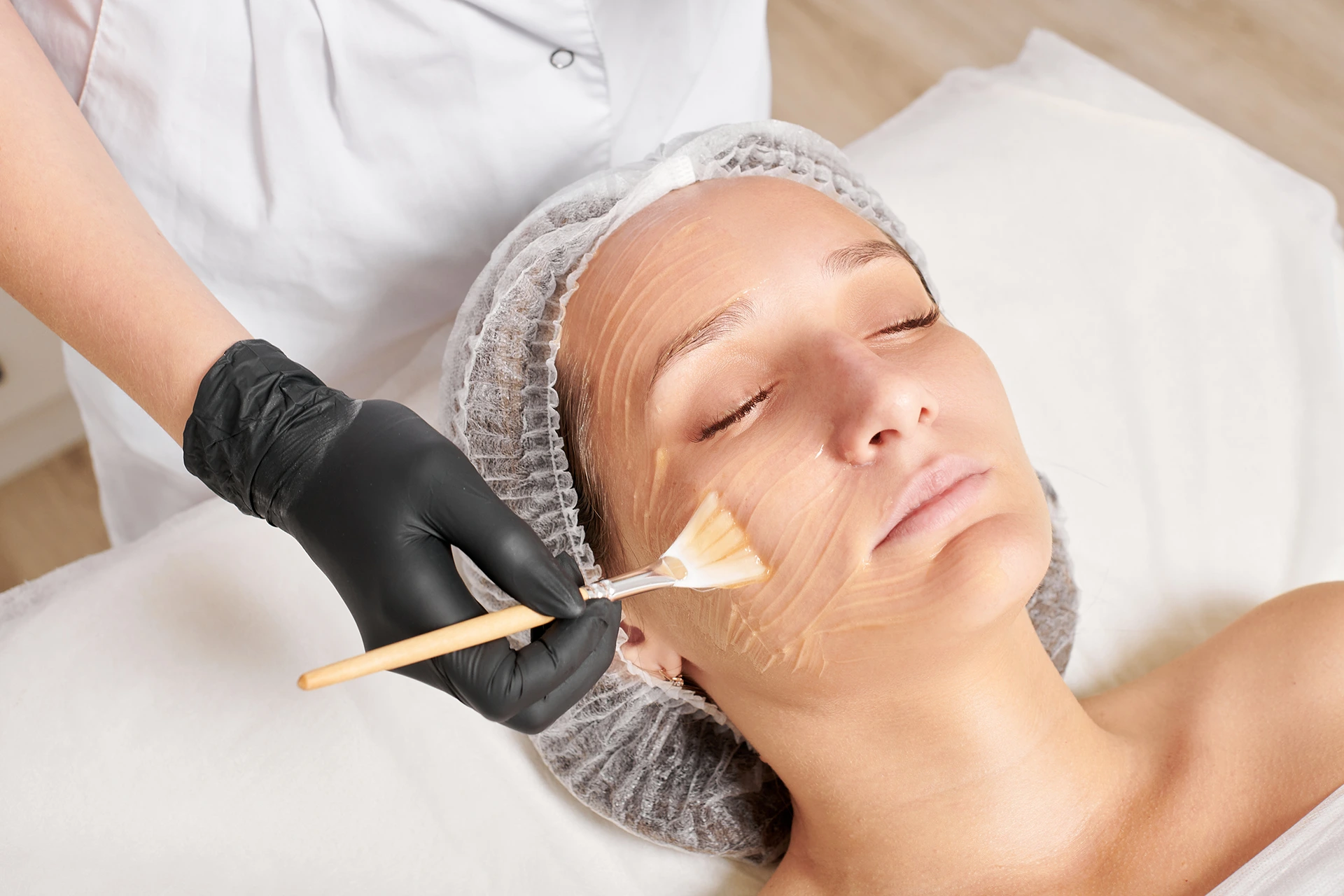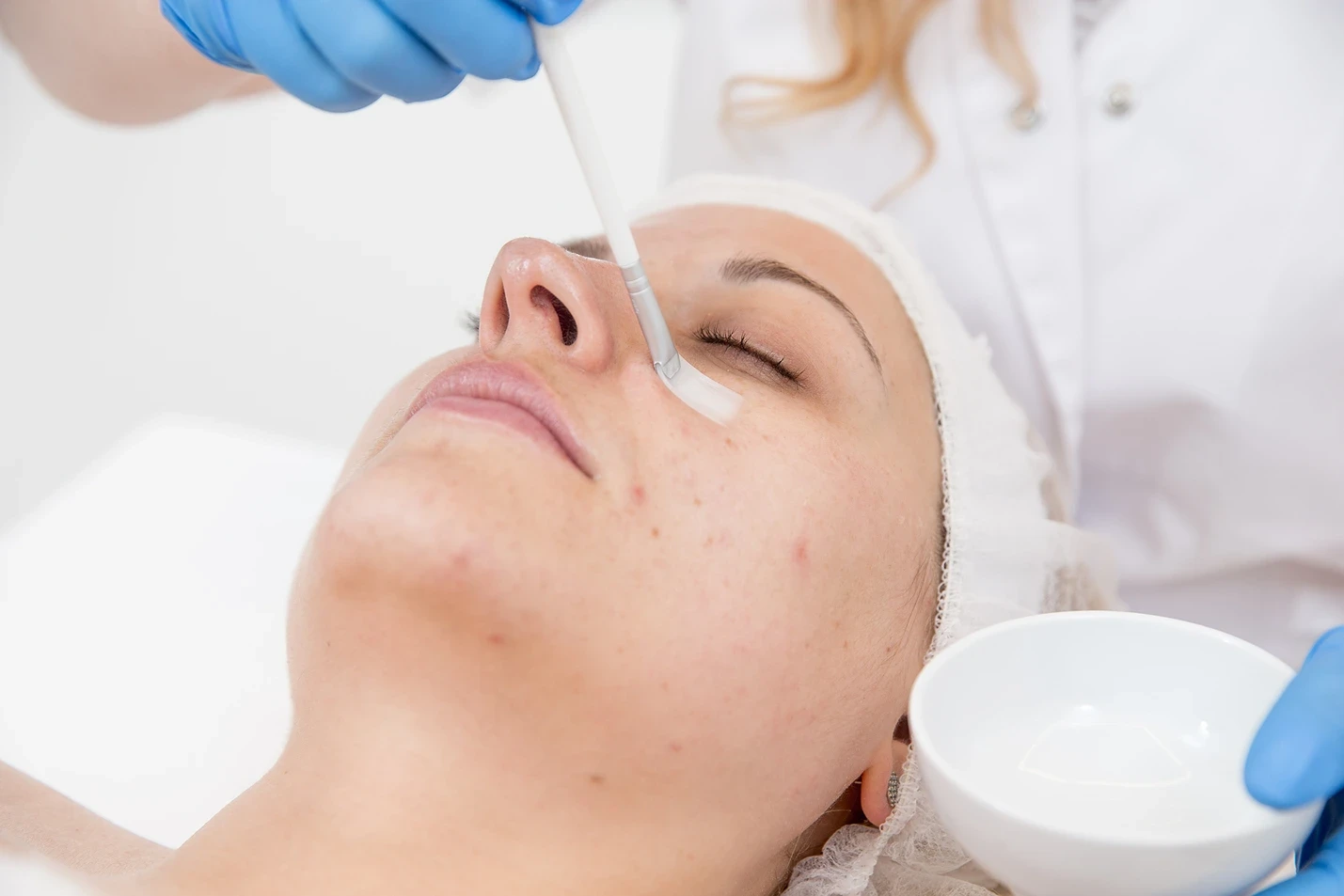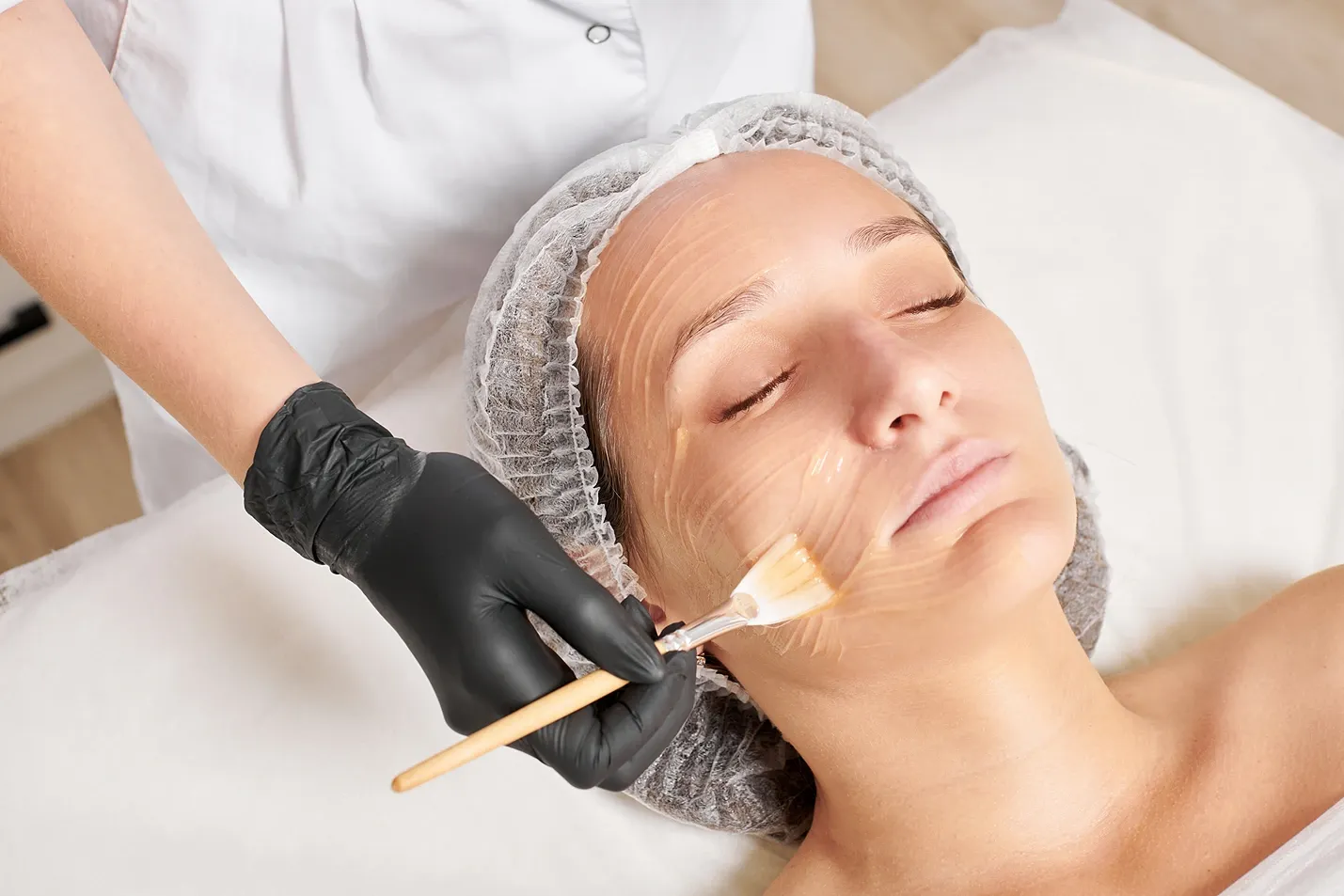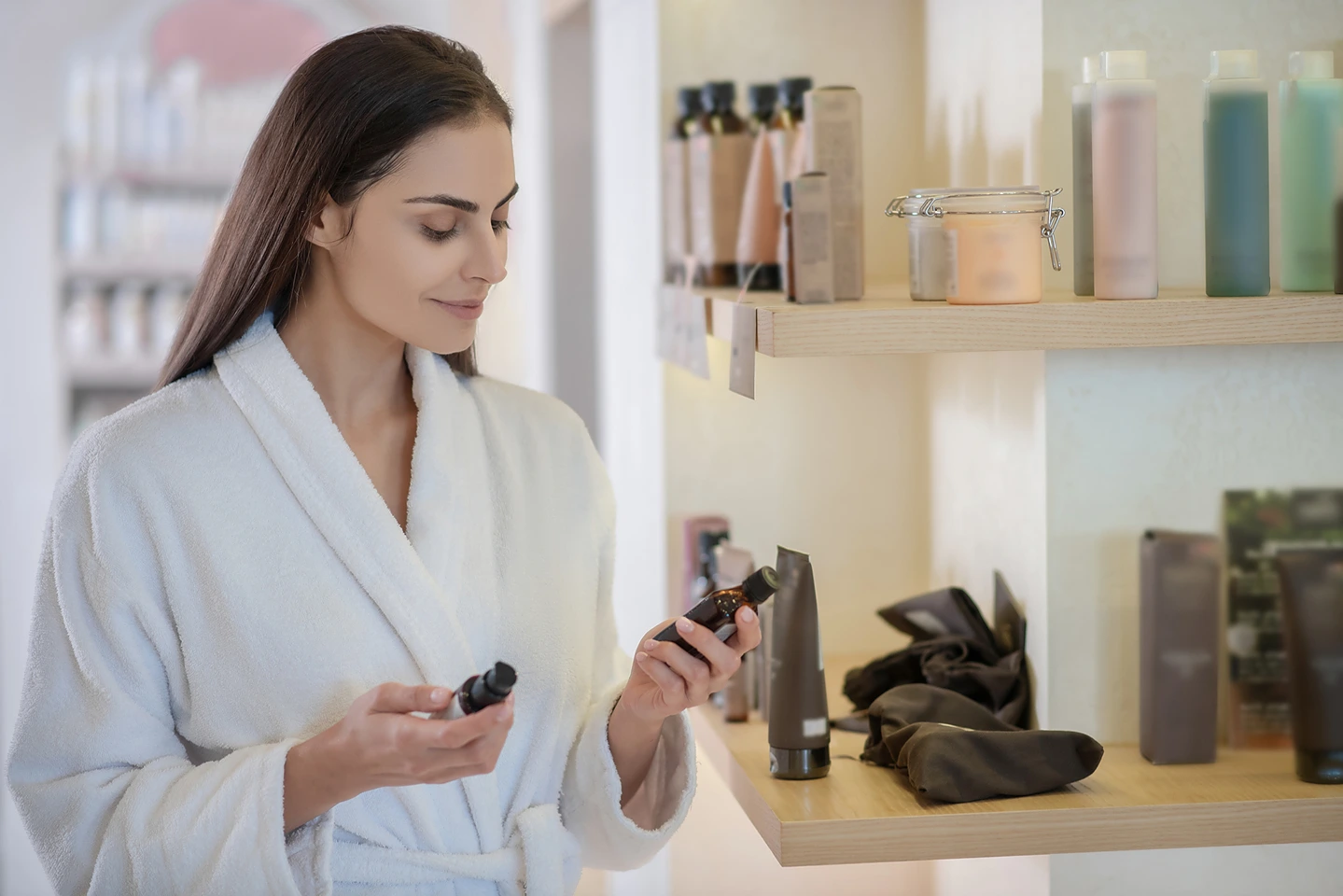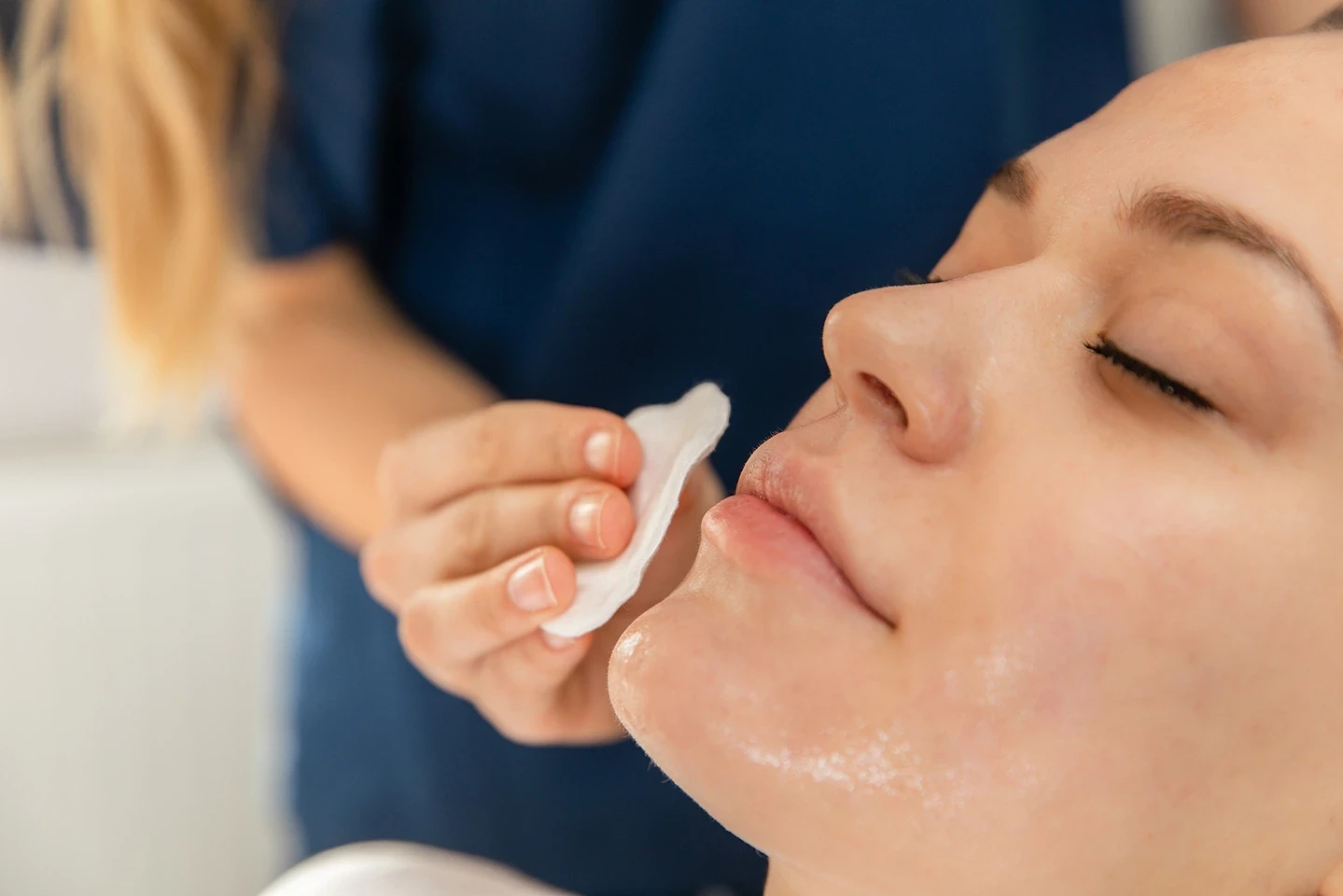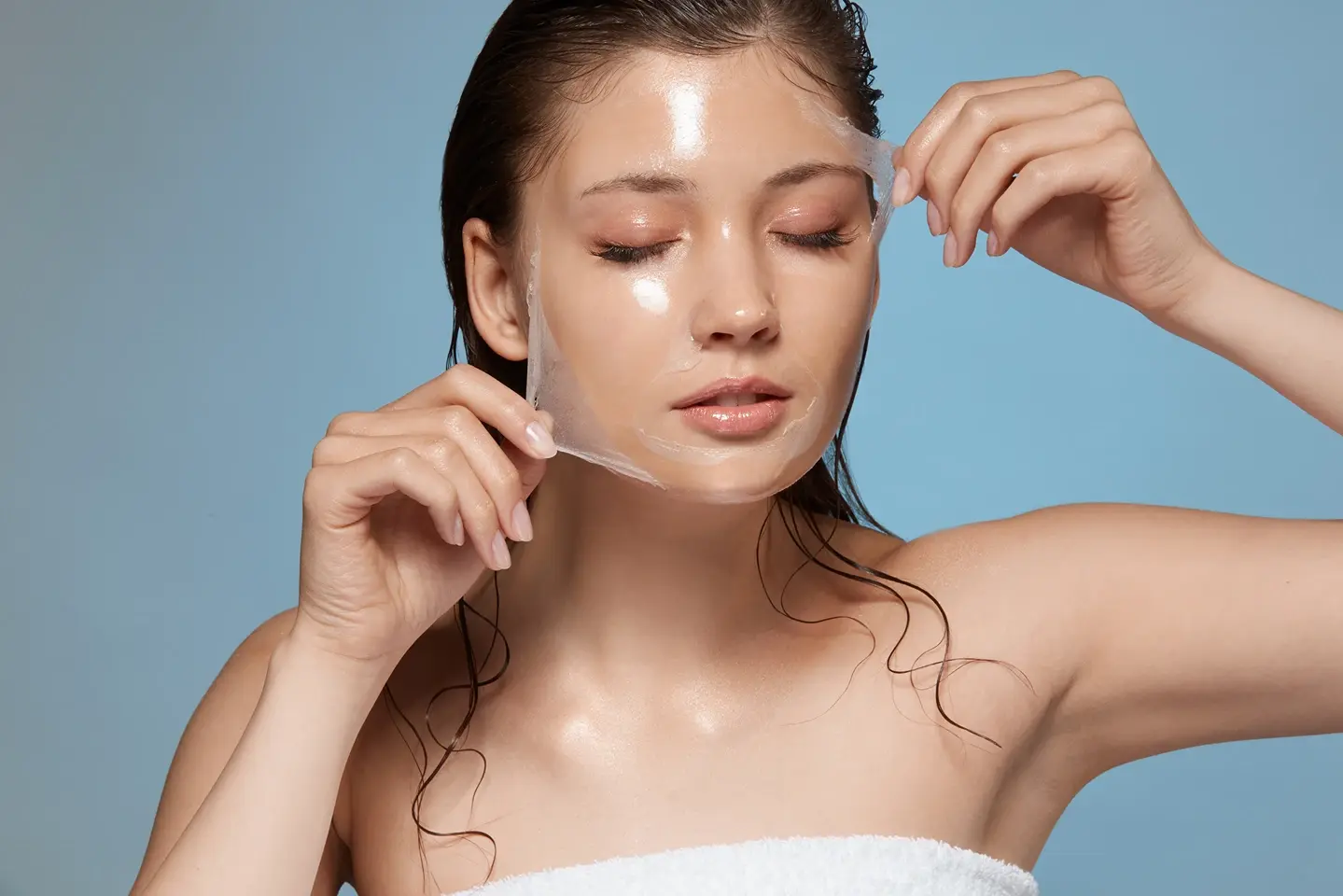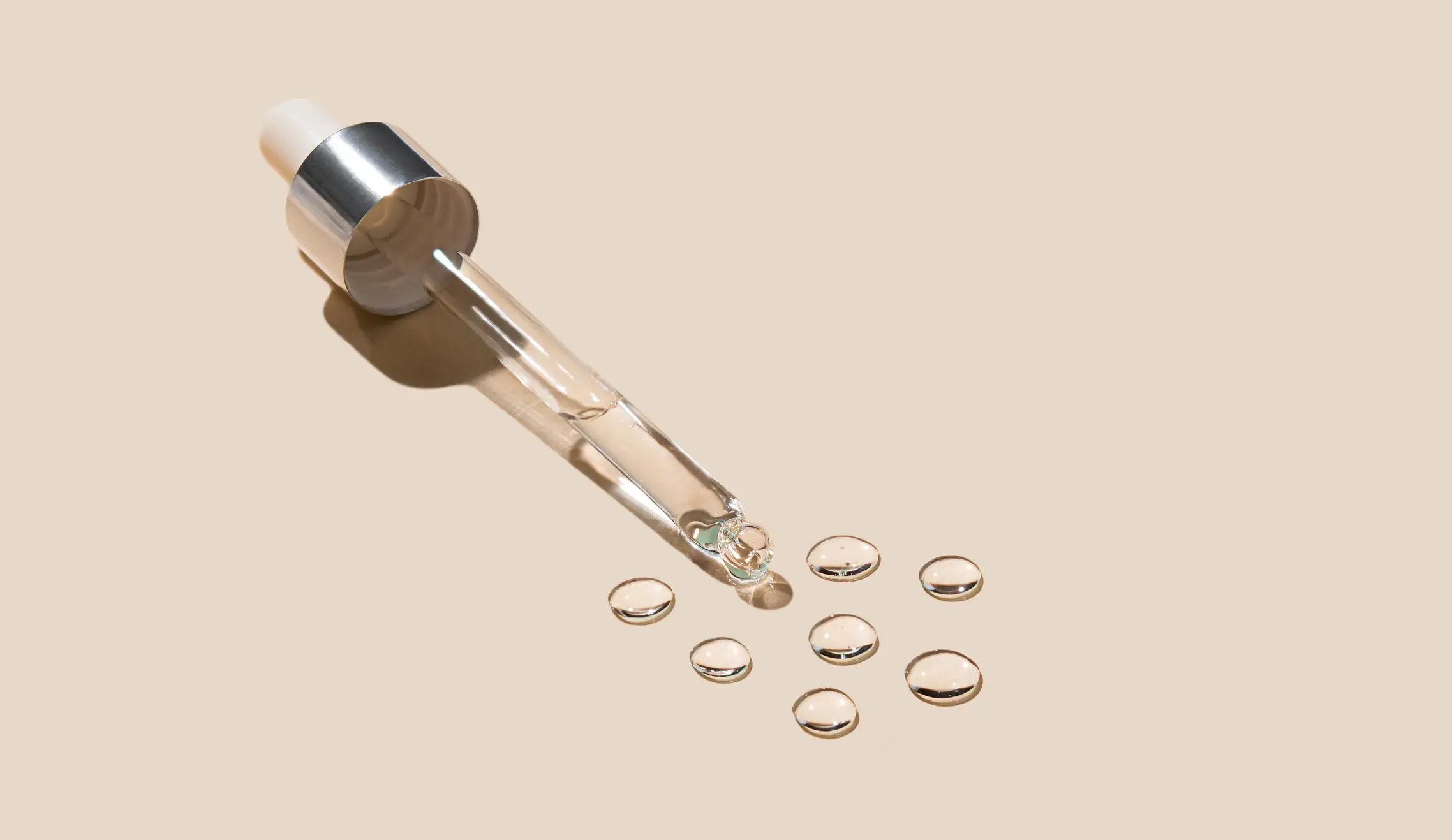What Really Happens When Your Skin Starts to Peel
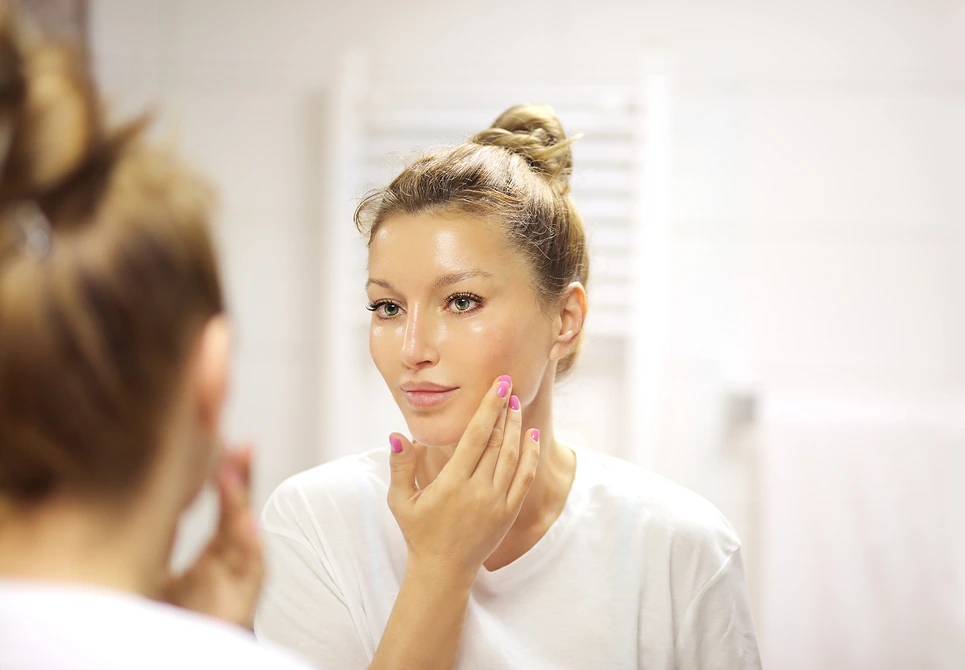
Skin peels after sunburn because the sun’s UV rays damage the outer layer of skin cells. In response, the body sheds the damaged cells and generates new ones underneath, which causes peeling and flaking during healing.
Feeling some tightness, tenderness, and peeling after spending too much time in the sun is an all-too-familiar experience for many. While mild to moderate sunburns with some peeling are common, especially during the summer months, it’s important to understand why skin peels after sun exposure and how to care for your skin during this healing process.
What Causes Peeling Skin After Sunburn?
Peeling and flaking skin after a sunburn is your body’s natural response to injury caused by too much exposure to ultraviolet (UV) rays from the sun. Here’s a closer look at what’s happening underneath the skin during this process:
| 1 | UV radiation damages skin cells | The most common cause of sunburn is overexposure to UVB rays from the sun, which penetrate the outer layer of the skin and cause direct damage to the DNA in your skin cells. This triggers cell death. |
| 2 | The body sheds the damaged cells | In response to this UV-induced cell damage and death, your skin boosts production of new cells and begins shedding the damaged ones. This leads to the peeling and flaking a few days after your skin initially turns red from the sunburn. |
| 3 | Inflammation is part of the healing process | The inflammatory response that makes your skin tender and red when initially burned also plays a role in activating the healing process. Chemical mediators are released to repair damaged cells and remove dead ones. |
Correct sunburn damage and kickstart healing with professional treatments from CosMedic LaserMD
What Happens to Skin Cells During Sunburn?
When skin is burned by the sun’s UV rays, several processes occur under the surface that lead to the visible symptoms of sunburn and peeling.
The UVB rays cause DNA mutations in skin cells, often killing them, which activates the body’s wound healing response. The UV rays also break down structural proteins in the outer epidermis, leading to blistering and peeling.
Inflammatory chemicals are released that make the skin red, swollen, and painful, helping to remove the damaged cells. In severe burns, fluid-filled blisters form between skin layers and eventually burst and peel away.
The outermost dead skin cells damaged by UV exposure are shed as new cells form underneath, resulting in the peeling and flaking of a sunburn. Increased melanin production after a burn can also lead to temporary freckling, tanning, or uneven pigmentation as the skin repairs itself.
Together, these processes initiate the body’s attempt to heal the skin damage caused by overexposure to the sun’s harmful UV rays.
Is Peeling Skin a Sign of a Bad Sunburn?
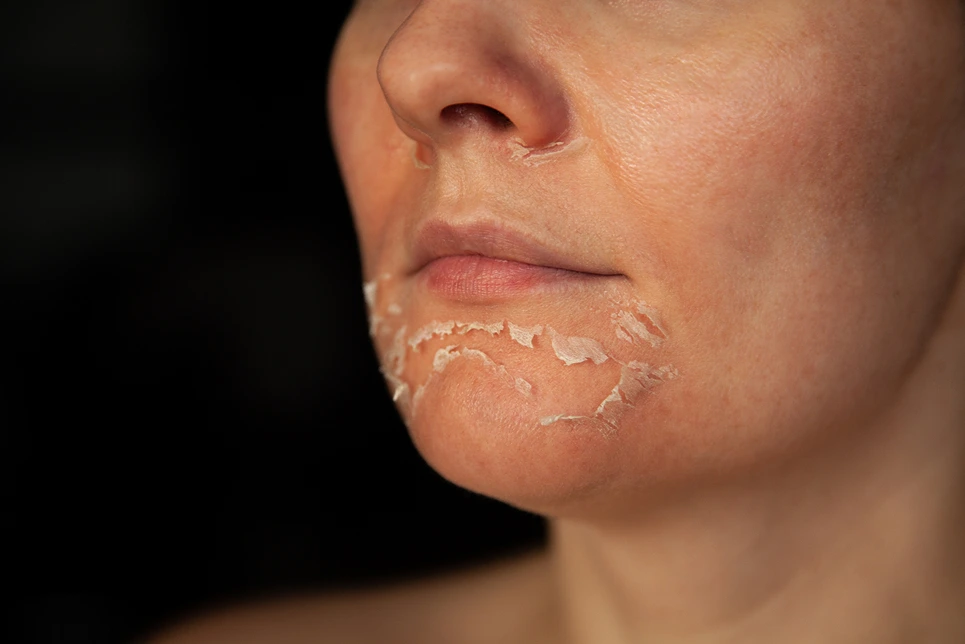
While any peeling after a sunburn indicates UV damage to the skin, more severe peeling can be a sign of a more intense burn. Here’s how to gauge sunburn severity based on your skin’s peeling response:
- Mild sunburns may cause some minor tightness and only very fine peeling confined to small patches of skin.
- Moderate sunburns often involve more widespread pinkness and hot, tender skin that peels in somewhat larger sheets over several days.
- Severe sunburns can produce fluid-filled blisters, intense swelling and pain, headaches or chills, and peeling in large visible sheets lasting a week or more.
Significant peeling, especially if accompanied by blistering, swelling, and other symptoms, generally indicates more extensive cell damage and a more serious sunburn. Seek medical advice if your symptoms seem severe.
Get an expert assessment of your sunburn severity from the knowledgeable staff at CosMedic LaserMD
How Long Does Peeling From Sunburn Last?
On average, peeling from a sunburn starts around 3-5 days after your initial exposure and can last anywhere from 3-6 days until the skin finishes flaking off. However, the duration can vary based on factors like:
| Factor | Description |
| Burn severity | More severe sunburns that cause greater inflammation and skin damage will result in peeling that starts sooner and lasts longer. |
| Skin type | Fairer skin types that are more prone to burning will peel faster than darker skin types that are more resistant to UV damage. |
| Type of UV exposure | Longer, more intense UV exposure causes deeper burns that lead to extended peeling timeframes. |
| Genetics and skin tone | Genetic traits and melanin levels that make skin more sensitive will result in quicker, longer-lasting peeling after burns. |
| Location on the body | Areas like the shoulders that see more sun exposure will peel faster than less exposed places like the lower legs. |
| Post-burn skin care | Proper hydration and gentle skin care after a burn helps soothe and minimize peeling duration. |
So while a mild burn may show some light peeling for a few days, a harsh burn can cause peeling that lasts for a week or more. Pay attention to any worsening of symptoms and contact your dermatologist if the peeling persists longer than expected.
How to Soothe and Heal Peeling Skin After Sunburn
Gentle care for your skin after a sunburn can help minimize peeling severity and duration. Try these tips:
- Apply moisturizer and aloe vera to soothe and hydrate peeling areas. This aids healing.
- Take cool baths or use compresses to ease discomfort from peeling and inflammation.
- Avoid direct sunlight on sunburnt skin until fully healed to prevent further damage.
- Wear loose, breathable clothing over the burn while it’s healing and peeling.
- Stay hydrated and get extra rest to support your skin’s natural regeneration process.
- Exfoliating peeling skin can tear delicately healing tissue – leave peeling skin intact.
- Over-the-counter hydrocortisone cream can decrease swelling and irritation as your skin peels.
- Oral antihistamines may help relieve itching and discomfort from peeling skin.
The key is being very gentle with your skin as it regenerates after a sunburn to avoid further injury or complications. Let the peeling process happen naturally.
What to Avoid with Peeling Sunburned Skin
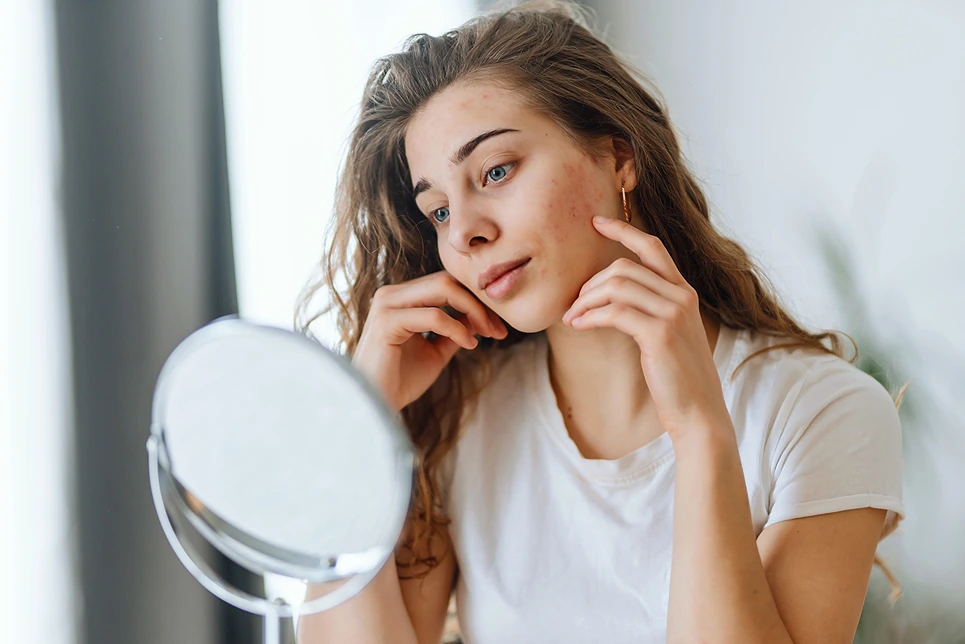
It’s important not to disrupt the body’s natural healing response when your skin starts to peel after a sunburn. Avoid:
- Picking, scratching or peeling the skin – This can tear healing tissue, increase pain and swelling, and lead to scarring or infection.
- Harsh scrubbing or exfoliation – Let skin flakes come off gently on their own rather than rubbing the area.
- Hot showers or baths – The heat can aggravate peeling, sensitive skin. Opt for cooler temperatures.
- Petroleum-based creams or lotions – These can clog pores and trap heat, which can worsen peeling and discomfort.
- Re-exposing unhealed skin to sun – Further sun exposure can cause more severe burns and damage.
- Wearing sticky bandages over peeling areas – These can tear delicate healing skin when removed.
- Shaving peeling areas – This also risks tearing the skin and doesn’t allow for proper healing.
Leave peeling skin alone and let it detach naturally for the most comfortable, uneventful healing.
Can I Speed Up The Peeling Process After Sunburn?
You may be tempted to speed up the peeling process so your skin can heal faster after a painful sunburn, but this isn’t recommended. Forcing peeling skin to shed before it’s ready can lead to infection, increased irritation, and scarring.
Instead, it’s best to let the peeling happen gradually and naturally over several days. Use moisturizing creams to hydrate and soothe the skin. Be sure to protect the shedding skin from further sun exposure. Avoid picking or scrubbing off flakes before they are ready to come off.
Over-the-counter steroid medication can be considered to help reduce swelling. If the peeling lasts longer than expected, see a dermatologist. Being patient and allowing your body to complete the healing process as needed will give the best results.
Let CosMedic LaserMD’s experts guide you on proper care for your sensitive, peeling sunburnt skin
Are There Risks With Peeling Sunburned Skin?
While peeling is a normal part of your skin’s healing response after a sunburn, it does come with some potential risks and complications to be aware of:
| Infection | Picking peeling skin can open the door to bacteria, leading to infection. Look for spreading redness, pus, or worsening pain. |
| Scarring | Severely burned blistering skin that isn’t allowed to heal properly can scar. Limit irritation to peeling areas. |
| Dehydration | Losing fluid through weeping blisters or peeling skin can lead to dehydration if not adequately replenished. |
| Uneven pigmentation | Healing sunburns can leave behind skin discoloration, dark spots, or tan lines as cells regenerate. |
| Prolonged redness or swelling | This can indicate an underlying issue, like an allergic reaction to topical products used on the skin. |
When to Seek Medical Care for Sunburn or Peeling
In most cases, mild to moderate sunburns with peeling can be treated safely at home. See your doctor promptly if you experience:
- Blistering covering a large portion of the body
- Severe pain, redness, and swelling for more than 48 hours
- Fever over 101 F
- Dehydration symptoms like dizziness, rapid heart rate, or dark urine
- Extreme weakness, chills, or mental confusion
- Skin warm to the touch or oozing pus, indicating possible infection
- Allergic reaction such as difficulty breathing, throat swelling, or widespread hives
- Persistent peeling lasting 2 weeks or longer
- Underlying conditions or medications that can worsen sun sensitivity
For any concerning symptoms, seeking medical advice is crucial as severe sunburns can potentially progress to heat exhaustion or heat stroke.
Reverse Sun Damage and Restore Radiant Skin at CosMedic LaserMD
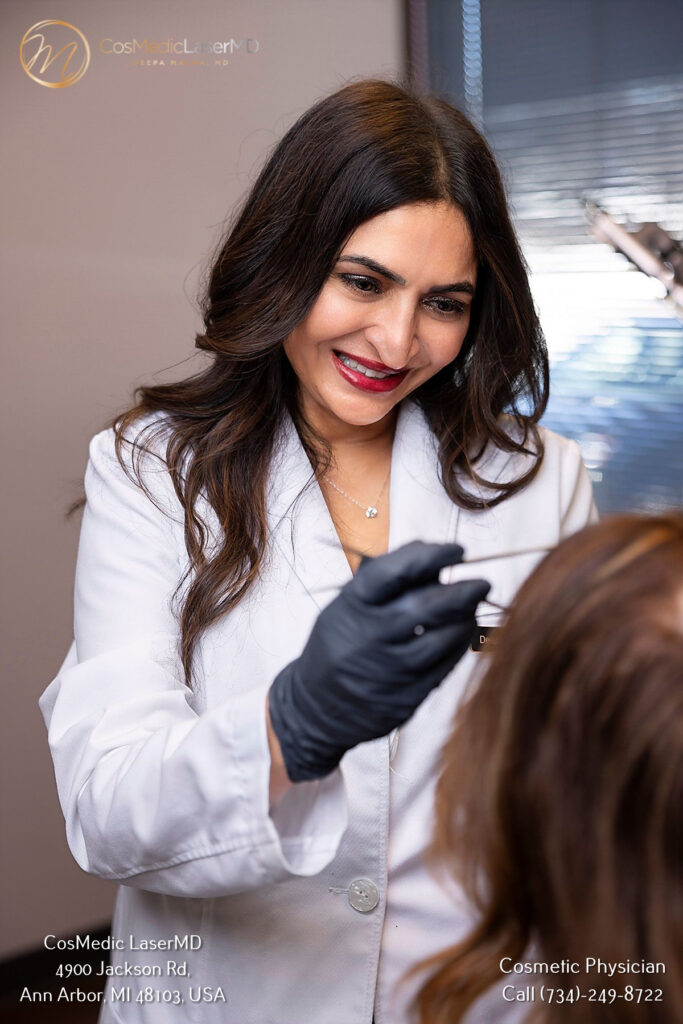
Summer sunburns that lead to peeling skin are an unfortunate rite of the season. While letting the peeling run its course is important, the experts at CosMedic LaserMD also recommend proactive treatments to protect and rejuvenate your skin after sun damage.
Our clinic offers customized clinical therapies to renew sun-exposed skin, including:
- Chemical Peels: Chemical peels can help soften lines and wrinkles, brighten dullness, and fade away dark spots, including those caused by sun damage.
- IPL Photofacial: IPL photofacials can improve the appearance of sun damage, such as brown spots, age spots, and broken capillaries. They can also reduce redness caused by sun exposure.
- Microneedling: Microneedling stimulates collagen production, which can improve skin texture and address various skin issues, including acne scars, stretch marks, and wrinkles.
- Laser Skin Resurfacing: Laser treatments can address a wide range of concerns, including deep wrinkles, acne scars, surgical scars, and moderate to severe sun damage. They can improve skin texture and firmness.
Book a consultation at CosMedic LaserMD today to discuss options tailored to your unique skin needs. Our knowledgeable staff can help restore your skin’s glow after sunburn damage.

